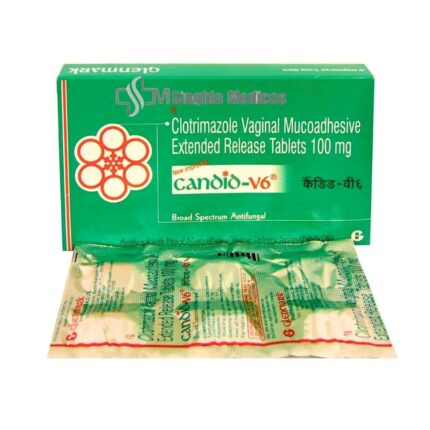
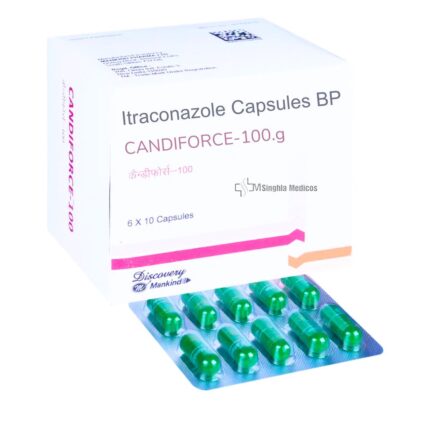
Candid-V Gel
₹146.00 Original price was: ₹146.00.₹131.40Current price is: ₹131.40.
Salt : Clotrimazole (2% w/w)
Manufacturer : Glenmark Pharmaceuticals Ltd
Packing : 30 gm in 1 tube
PRODUCT INTRODUCTION
Candid-V Gel is a medicated gel primarily used for the treatment of fungal infections in the vaginal area. It is a combination medication containing Clotrimazole and Clindamycin as its active ingredients. Clotrimazole belongs to the class of medications known as antifungals, which work by inhibiting the growth of fungi, while Clindamycin is an antibiotic that helps in combating bacterial infections. The gel is formulated to be applied topically in the vaginal region and is available in pre-filled applicators for ease of use.
USES OF Candid-V Gel
Candid-V Gel is predominantly prescribed for the treatment of vaginal yeast infections, also known as vaginal candidiasis. This condition is characterized by itching, burning sensation, unusual discharge, and irritation in the vaginal area. The antifungal properties of Clotrimazole target the fungi responsible for the infection, effectively eliminating them and relieving the associated symptoms.
Moreover, Candid-V Gel is also utilized in the management of bacterial vaginosis (BV), a common vaginal infection caused by an imbalance of bacteria in the vagina. Clindamycin, the antibiotic component of the gel, aids in eradicating the harmful bacteria responsible for BV, thereby restoring the natural balance of vaginal flora.
BENEFITS OF Candid-V Gel
- Effective Treatment: Candid-V Gel offers a potent combination of antifungal and antibiotic properties, making it highly effective in treating both fungal and bacterial infections in the vaginal area.
- Symptom Relief: The gel provides relief from uncomfortable symptoms associated with vaginal infections, such as itching, burning, abnormal discharge, and discomfort, thereby improving the overall quality of life for affected individuals.
- Convenient Application: Candid-V Gel comes in pre-filled applicators, ensuring accurate and convenient dosage administration. The gel is applied topically in the vaginal region, allowing for targeted treatment of the infection site.
- Rapid Action: With its powerful antifungal and antibiotic agents, Candid-V Gel works quickly to combat the underlying pathogens, resulting in prompt symptom relief and faster recovery compared to some other treatment options.
- Minimal Systemic Absorption: The topical application of Candid-V Gel minimizes systemic absorption of the active ingredients, reducing the risk of systemic side effects commonly associated with oral medications.
SIDE EFFECTS OF Candid-V Gel
While Candid-V Gel is generally well-tolerated, some individuals may experience mild side effects during treatment. These side effects are usually temporary and resolve on their own as the body adjusts to the medication. Common side effects of Candid-V Gel may include:
- Local Irritation: Some users may experience mild irritation, itching, or burning sensation in the vaginal area shortly after application of the gel. This usually subsides quickly and does not require discontinuation of the medication.
- Allergic Reactions: In rare cases, individuals may develop an allergic reaction to one or more components of Candid-V Gel. Symptoms of an allergic reaction may include rash, itching, swelling, dizziness, or difficulty breathing. If any of these symptoms occur, immediate medical attention is necessary.
- Vaginal Discomfort: In some instances, users may experience increased vaginal discharge or changes in vaginal pH during treatment with Candid-V Gel. These changes are typically temporary and should normalize once the course of treatment is completed.
- Superinfection: Prolonged or inappropriate use of Candid-V Gel may lead to the development of superinfections caused by resistant organisms. It is important to use the medication as directed by a healthcare professional to minimize this risk.
- Gastrointestinal Disturbances: Although rare, some individuals may experience gastrointestinal disturbances such as nausea, vomiting, or diarrhea while using Candid-V Gel. If these symptoms persist or worsen, medical advice should be sought.
References
-
Bennett JE. Antifungal Agents. In: Brunton LL, Chabner BA, Knollmann BC, editors. Goodman & Gilman’s: The Pharmacological Basis of Therapeutics. New York, New York: McGraw-Hill Medical; 2011. p. 1587.
-
Briggs GG, Freeman RK, editors. A Reference Guide to Fetal and Neonatal Risk: Drugs in Pregnancy and Lactation. 10th ed. Philadelphia, PA: Wolters Kluwer Health; 2015. pp. 306-307.
Disclaimer
Singhla Medicos primary intention is to ensure that its consumers get information that is reviewed by experts, accurate and trustworthy. The information and contents of this website are for informational purposes only. They are not intended to be a substitute for professional medical advice, diagnosis, or treatment. Please seek the advice of your doctor and discuss all your queries related to any disease or medicine. Do not disregard professional medical advice or delay in seeking it because of something you have read on Singhla Medicos. Our mission is to support, not replace, the doctor-patient relationship
Shipping Policy
We ship across India. Note – this is subject to change as per Company Wishes. Packages will be shipped in 24 working hours. we are closed on Sundays and will reach you in the next 2-4 days post shipping. We give the estimated time of delivery on the shipping page. However, these are indicative and depend on our shipping partner.
Delivery
The delivery times are subject to location, distance, and our logistics partners. We are not liable for any delays in delivery by the courier company/postal authorities but will help you track down a package through our partner courier services.
Your purchases may reach you from various locations in more than one package. But rest assured, you will be charged one delivery fee for the entire order. As soon as your package ships, we will email you your package tracking information.
We are bound in coverage by their reach even though we use some of India’s largest logistics companies for shipping. In case your address is in a location not served by them we would contact you to find an alternative solution to make your products reach you.




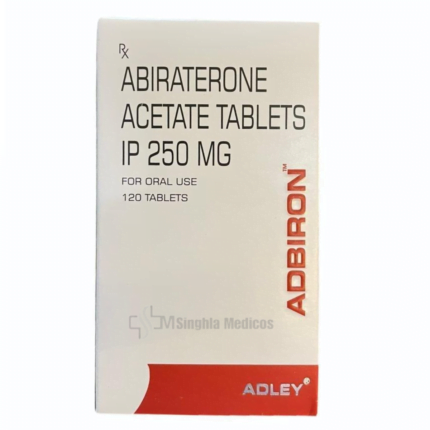


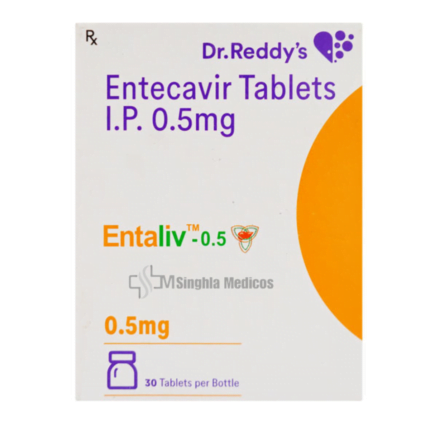
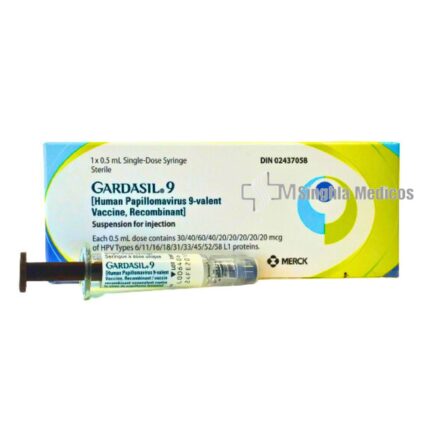


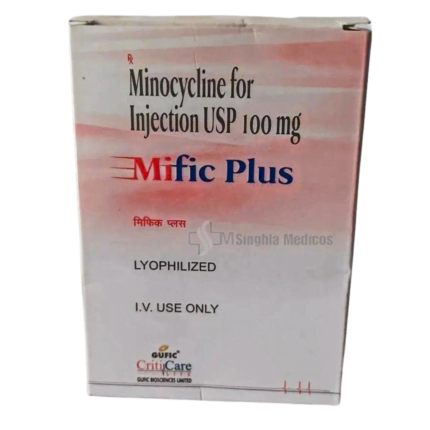
Reviews
There are no reviews yet.